July 26th & 27th, 2025
The Wakely Son’s were members of the Union Army-Wisconsin 12th Company G during the Civil War. In honoring their service we are holding our very 1st Civil War Days.
More information will follow
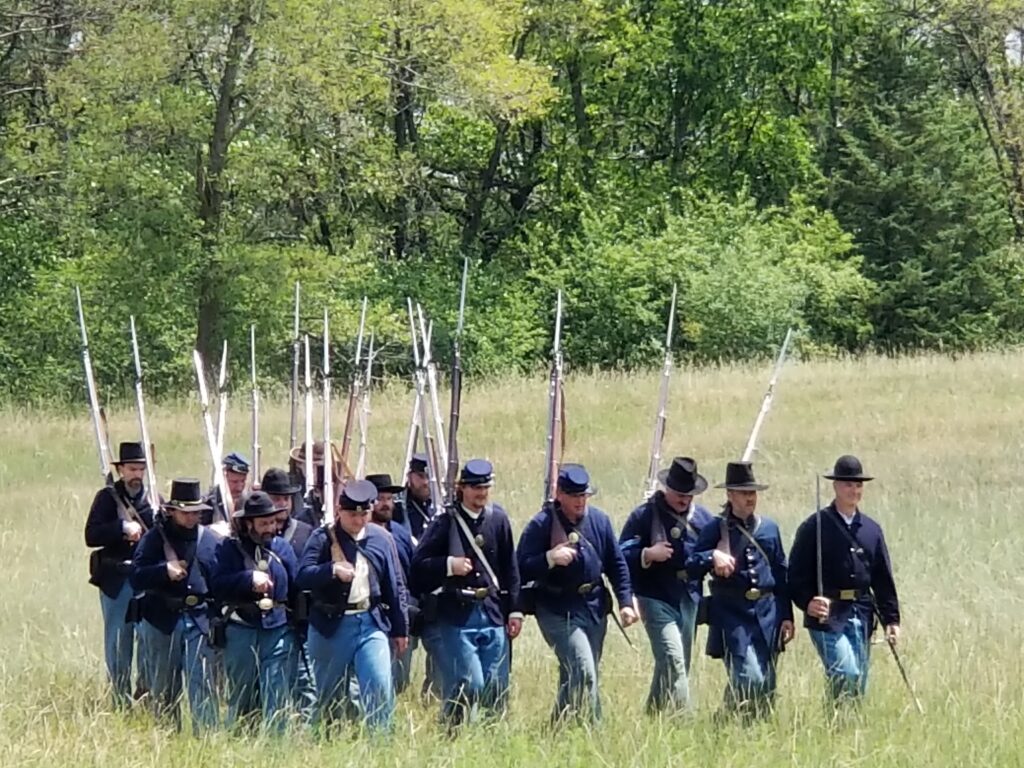
Wakely Historical Site
July 26th & 27th, 2025
The Wakely Son’s were members of the Union Army-Wisconsin 12th Company G during the Civil War. In honoring their service we are holding our very 1st Civil War Days.
More information will follow

Saturday, Feb. 1st, 2025 | Cost: Adults $10 (Snowshoe Rental), $3 Bring your own snowshoes
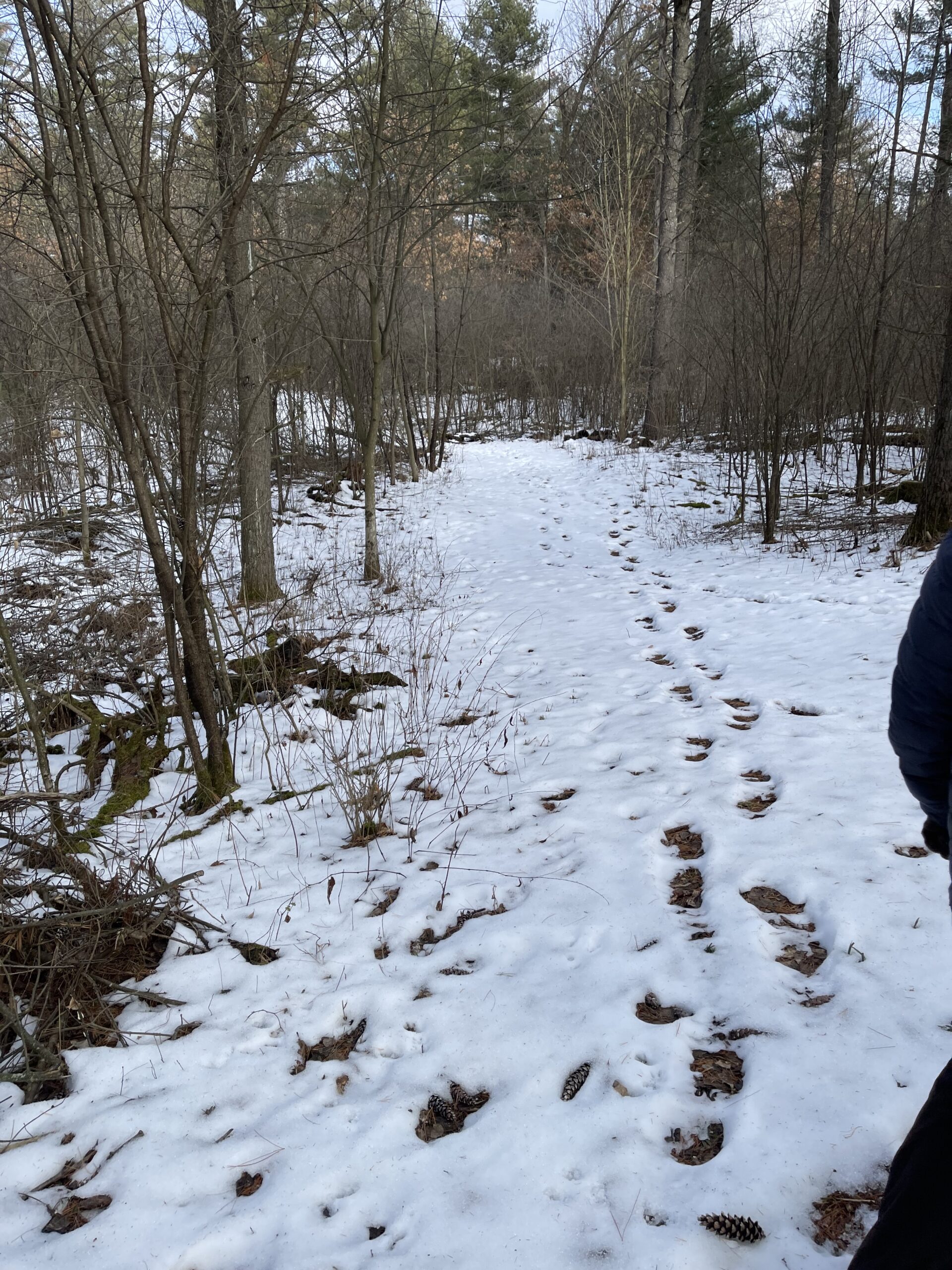
Snowshoeing in Wisconsin around the year 1837 was not just a recreational activity but a vital means of transportation and survival during the long and harsh winter months. At this time, Wisconsin was on the cusp of statehood, transitioning from a territory to becoming the 30th state of the United States in 1848. The indigenous populations, including the Ojibwe, Menominee, Ho-Chunk, and Potawatomi tribes, had long mastered the art of crafting snowshoes from the natural resources available to them. They constructed these essential winter tools from bent hardwood frames, lacing them intricately with rawhide from deer or caribou.
The design of snowshoes varied, reflecting the needs of travel through different types of terrain. Some were long and narrow to support speedy travel over open plains, while others were broad and rounded for maneuvering through dense forests and brush. European settlers and fur traders quickly adopted these native designs, realizing the practicality of snowshoes for trapping, trading, and exploring the vast, snow-covered landscapes of Wisconsin. Snowshoeing enabled these early Wisconsinites to maintain trade routes and social connections that would have been nearly impossible during the snowy season without them.
As Wisconsin’s logging industry flourished in the mid-19th century, snowshoes became indispensable to lumberjacks and trappers. The snowshoes carried them over deep snow where wheeled carts and horses could not traverse. This period marked the snowshoe’s evolution from a traditional native craft to an indispensable tool of the American frontier, echoing the adaptability and resourcefulness of those who braved the Wisconsin winters of 1837.

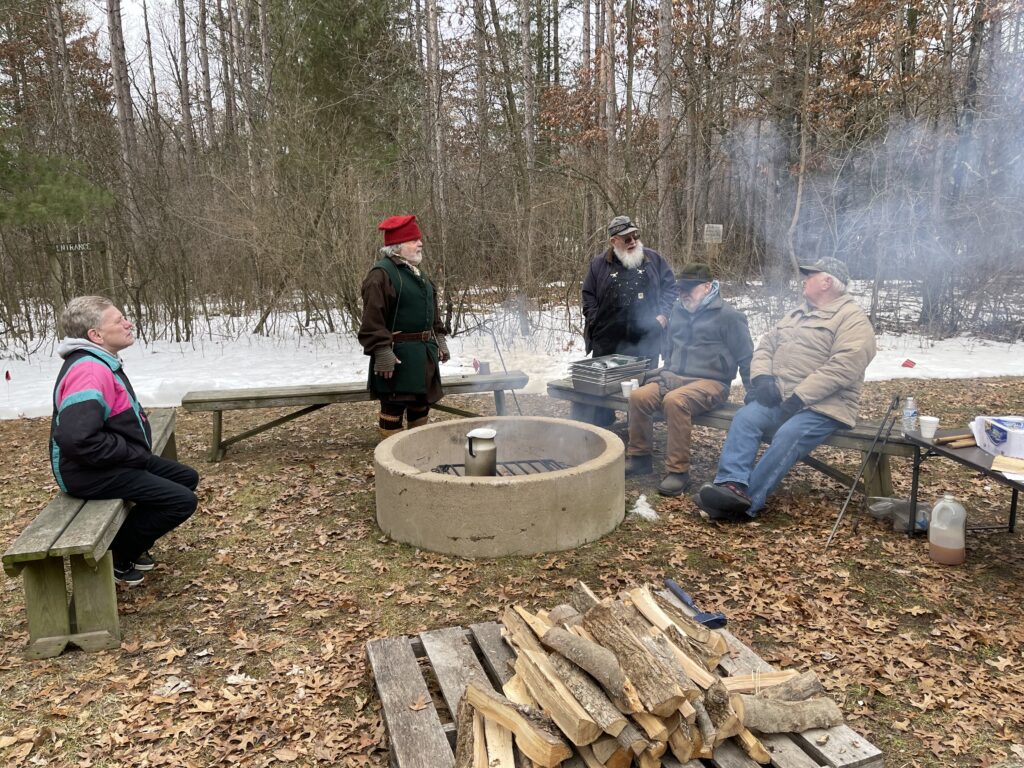

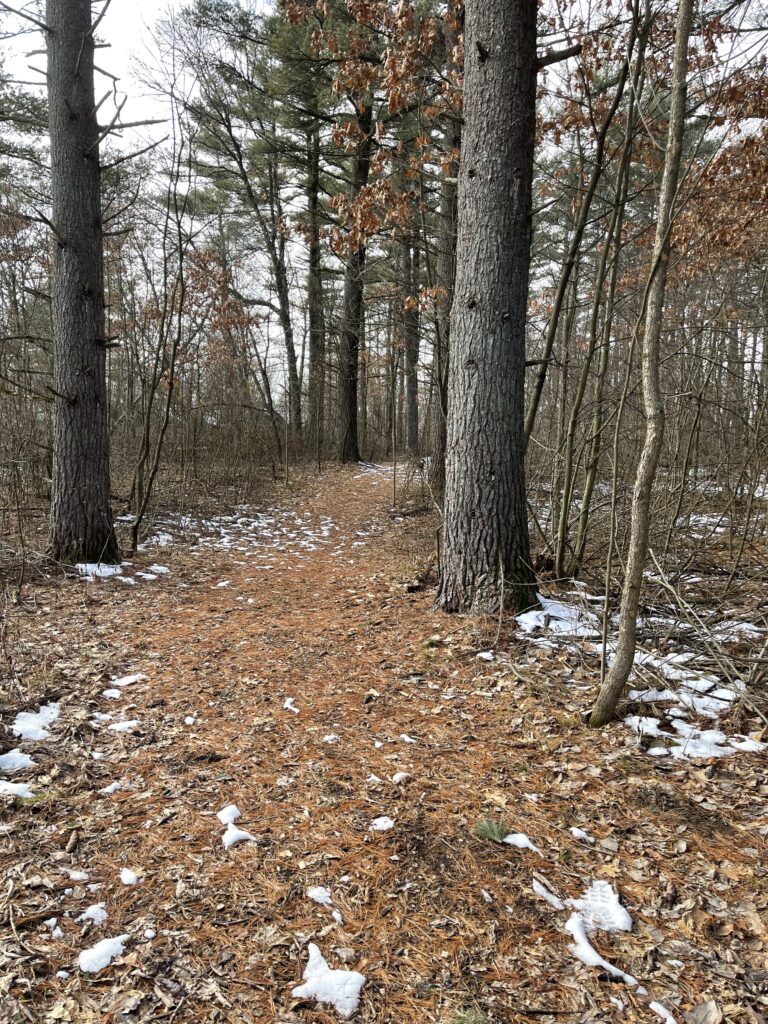
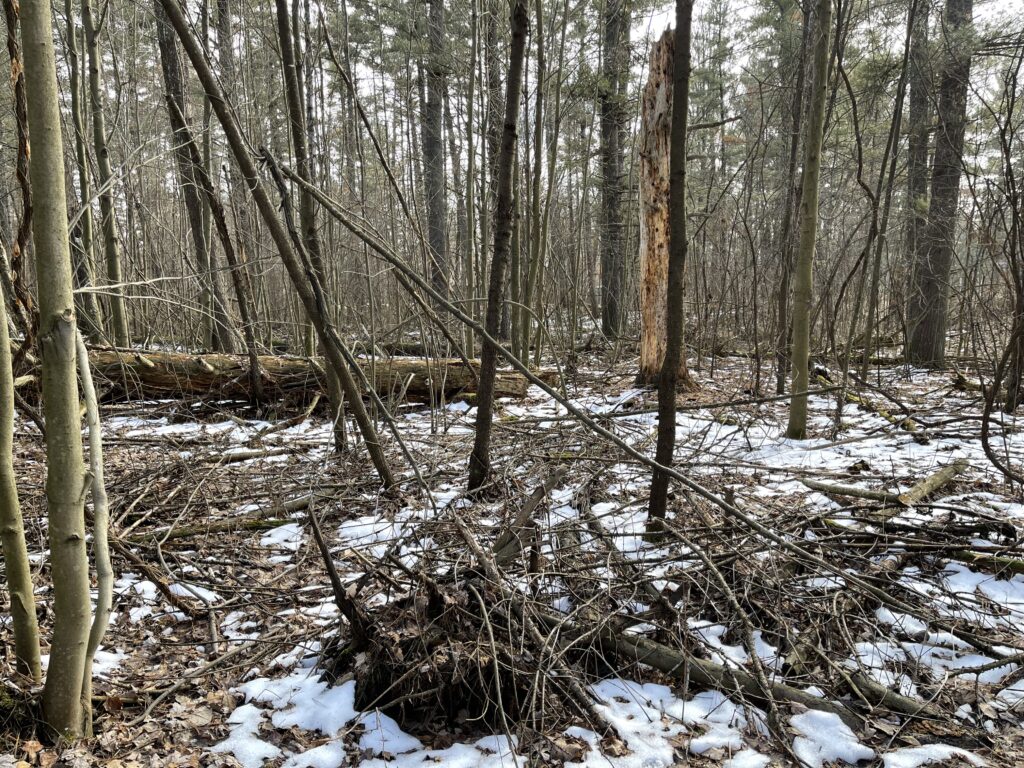
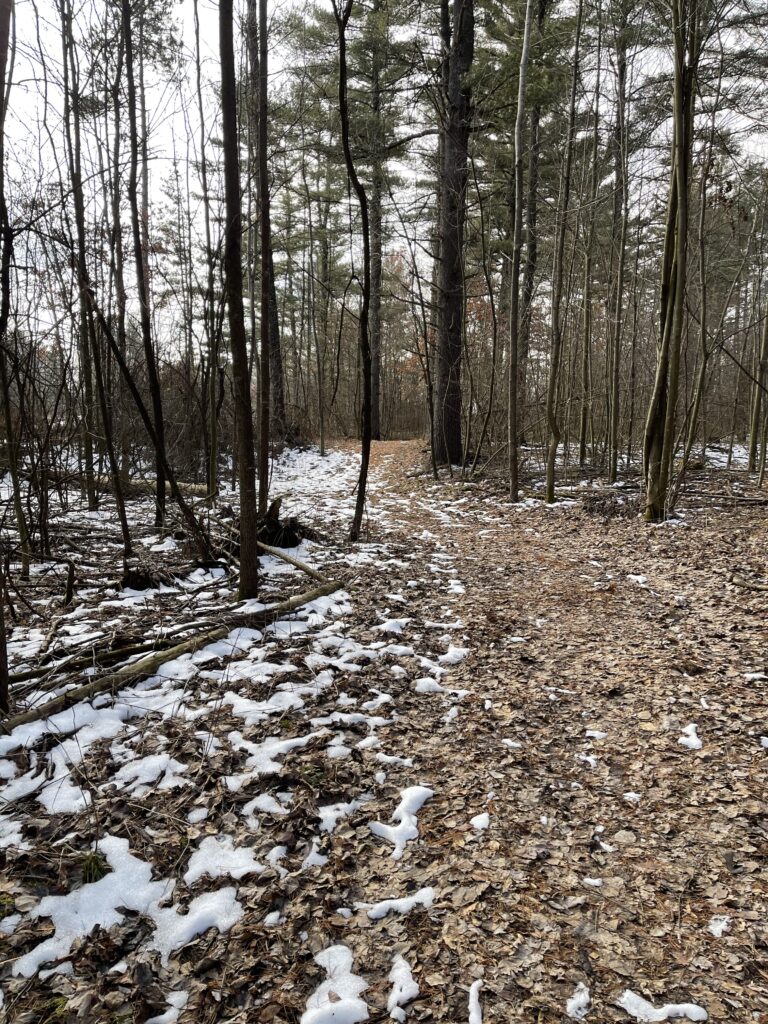
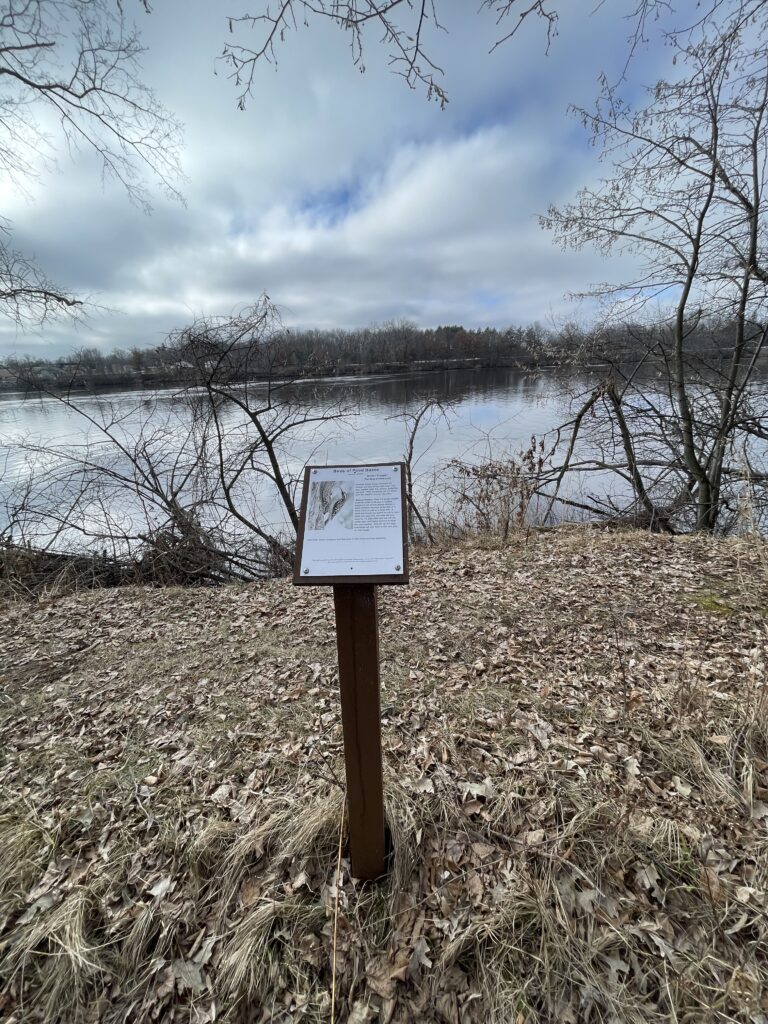
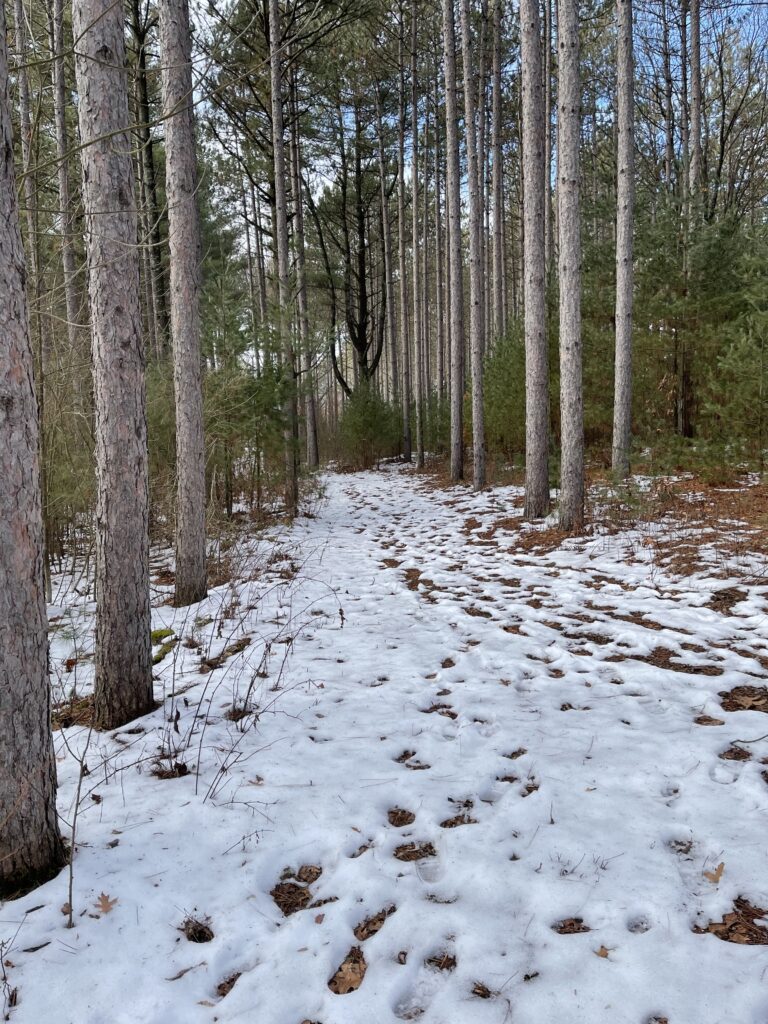

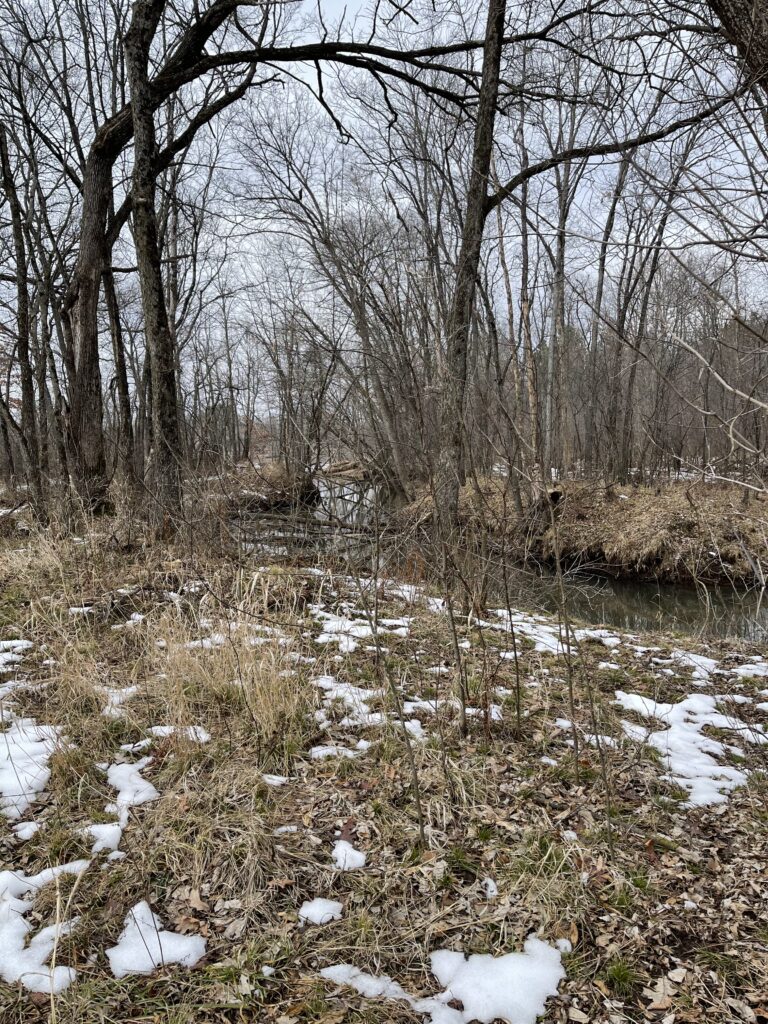
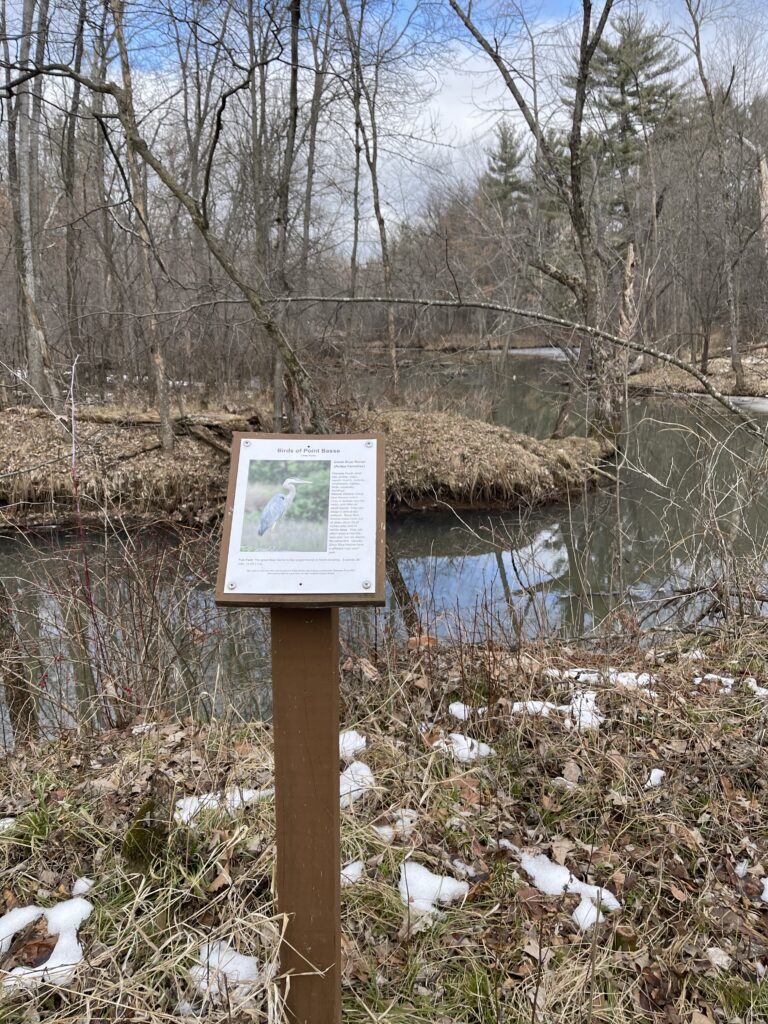
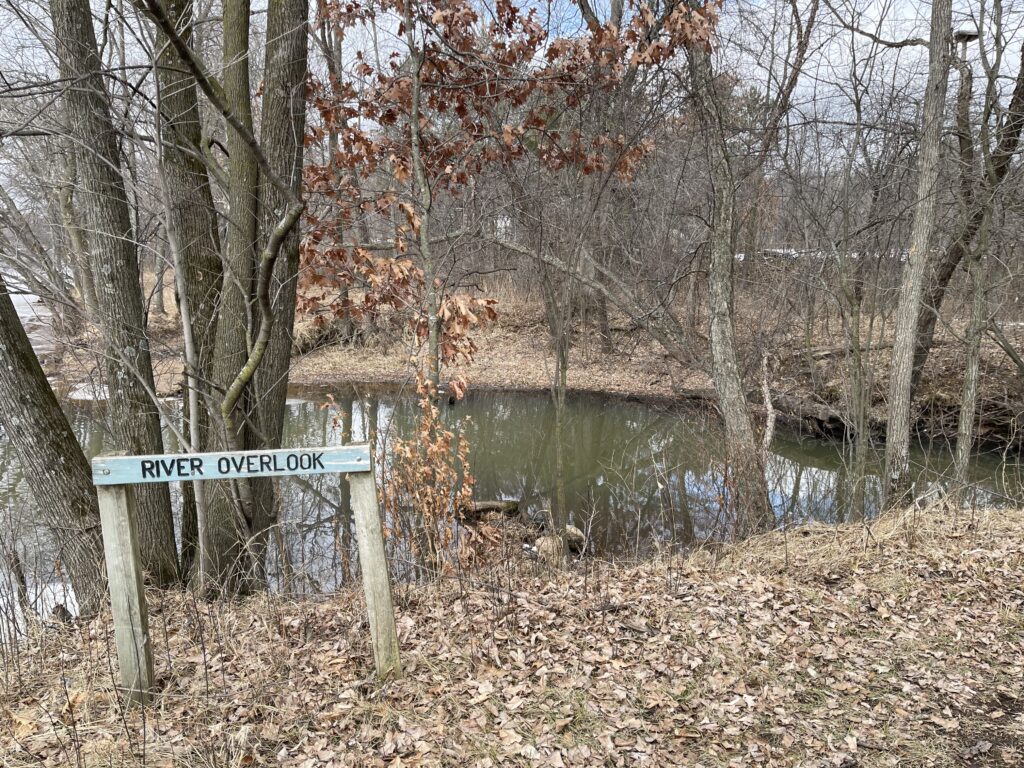
© 2024 Historic Point Basse
Theme by Anders Noren — Up ↑